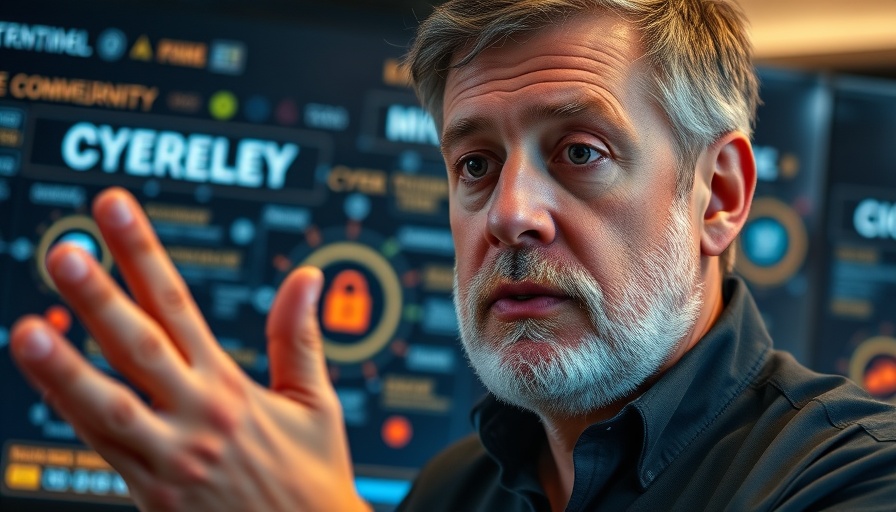
The Foundations of Cybersecurity: Understanding the CIA Triad
In today's digital landscape, cybersecurity remains a multi-dimensional challenge, underscored by a deluge of sophisticated threats and an ever-expanding attack surface. The importance of a solid cybersecurity framework can be distilled into three indispensable acronyms: CIA, PDR, and PPT. Each plays a pivotal role in the intricate strategy required to protect sensitive information and vital systems.
In 'Cybersecurity Explained in 3 Acronyms: CIA, PDR, & PPT', the video simplifies complex concepts into manageable frameworks, prompting us to deeply analyze these critical aspects of cybersecurity.
The CIA Triad: What We Aim to Achieve
At the core of cybersecurity lies the CIA triad, representing confidentiality, integrity, and availability. Confidentiality entails safeguarding sensitive data from unauthorized access, ensuring that only those entitled to view it can do so. Integrity guarantees that the information remains intact and unaltered throughout its lifecycle. Finally, availability focuses on ensuring that services and data are accessible to authorized users whenever needed. This triadic approach serves as the foundational goal guiding all cybersecurity efforts.
PDR: The Approach to Cybersecurity
Once we understand what objectives we aim to tackle, the next question is how to achieve them. This is where the acronym PDR (prevention, detection, and response) comes into play. Prevention strategies include technologies like cryptography and multi-factor authentication to preempt unauthorized access. Detection involves the continuous monitoring of systems to identify unusual activities, often supported by Security Information and Event Management (SIEM) systems. Finally, response strategies include orchestrated and automated incident responses to mitigate any breaches that may occur.
PPT: The People Behind the Processes
The final piece of our cybersecurity arsenal is represented by the acronym PPT, which stands for people, processes, and technology. While advanced technologies offer numerous solutions, they are not foolproof without trained personnel. Well-informed teams must interface effectively with established processes and protocols, guiding and adapting technologies to suit their specific security needs. This triad emphasizes the intersection of human expertise and systematic procedures in both crisis management and routine operations.
Cybersecurity in a 24/7 World
One disturbing reality in cybersecurity is that threats are constantly evolving. Cybercriminals operate around the clock, necessitating that defenses remain vigilant and resilient. To achieve a secure environment, organizations must embrace continuous efforts across all three areas of focus: CIA, PDR, and PPT. In essence, our collective challenge in cybersecurity is ensuring we are right all the time, as attackers need only succeed once.
As we absorb these insights, it becomes crucial to reflect on how well we understand and apply these principles in our own environments. Cybersecurity is not merely a technical issue but a collective responsibility that demands attention from every stakeholder involved.
 Add Row
Add Row  Add
Add 




Write A Comment